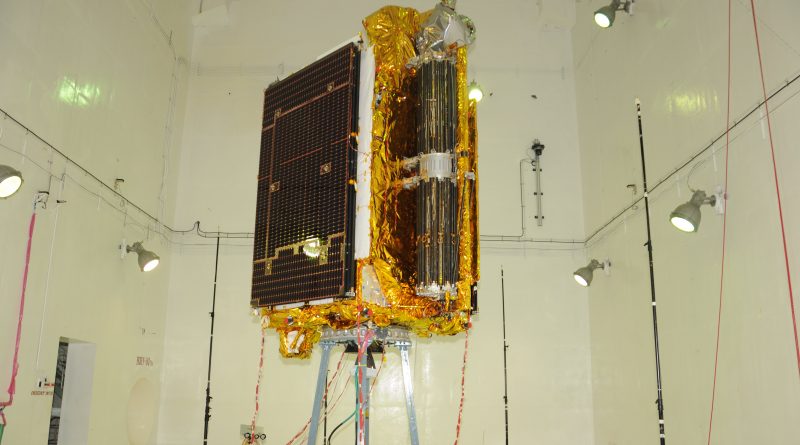India’s Newly Launched GSAT-6A Communications Satellite Falls Silent after 2nd Orbit-Raising Burn
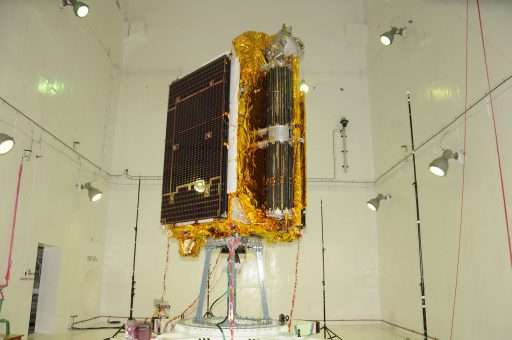
India’s GSAT-6A military communications satellite has unexpectedly gone silent after conducting a major engine burn on Saturday, indicating a potentially serious onboard anomaly had occurred less than two days after the craft’s successful launch atop a GSLV rocket. The Indian Space Research Organization confirmed the anomaly on Sunday and said ground controllers were working to restore communications with the spacecraft.
The advanced S-Band satellite enjoyed a flawless ride into orbit on Thursday atop India’s Geosynchronous Satellite Launch Vehicle, achieving its fifth successful orbital delivery in a row since coming back from a major design overhaul in 2014. GSLV lifted off from India’s Eastern Shore at 11:26 UTC and successfully demonstrated a new high-thrust engine on its second stage and a minimum propellant residuals shutdown technique on the third stage, injecting the 2,140-Kilogram satellite at the 1,050-second mark into the flight.
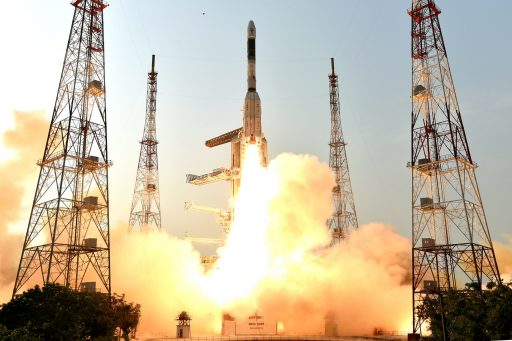
Tracking data provided by the U.S. Joint Space Operations Center showed the satellite in an initial orbit of 149 by 36,499 Kilometers, inclined 20.68 degrees – in family with previous GSLV missions, though with a slight overshoot on apogee which indicated the MRS shutdown technique on the Cryogenic Upper Stage did deliver some additional performance. From its injection orbit, GSAT-6A was to conduct three apogee maneuvers with its Liquid Apogee Motor to reach a near-Geostationary Orbit for final drifting into its operational position at 83 degrees East, co-located with its sister craft GSAT-6 that launched in 2015.
ISRO reported on Friday that GSAT-6A had successfully carried out a 2,188-second (36-minute 28-second) firing of the Liquid Apogee Motor at 3:52 UTC. This burn by the 440-Newton LAM lifted the satellite into an orbit of 5,030 by 36,445 Kilometers and accomplished a large reduction of inclination to 11.96 degrees.
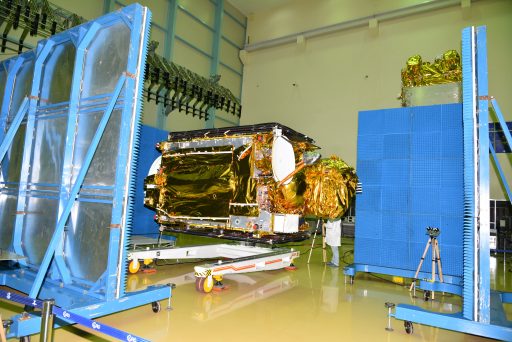
The next LAM burn was expected on Saturday morning, Indian time, and a report on its outcome was expected on ISRO’s website later in the day. Instead came rumors from Indian journalists that something was amiss with the newly launched spacecraft. Several journalists reported that GSAT-6A had likely been struck by a power system problem and had become unresponsive to ground commands.
The Indian Space Research Organization released a statement on Sunday, informing that the second orbit-raising maneuver had been successfully carried out by GSAT-6A but communications with the satellite were lost not long after. “After the successful long duration firings, when the satellite was on course to normal operating configuration for the third and the final firing, scheduled for April 1, 2018, communication from the satellite was lost.”
ISRO did not provide updated orbital parameters for GSAT-6A and the Joint Space Operations Center appears to have temporarily lost the satellite which is quite common after large altitude and inclination changes.
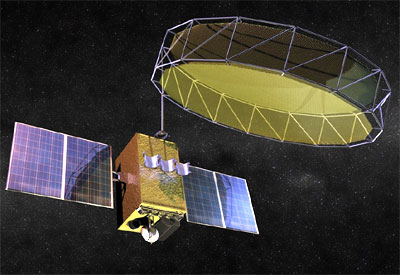
According to the Times of India, GSAT-6A continued sending data for four minutes after concluding its 53-minute LAM firing and then suddenly went silent. Initial analysis points to a power failure somewhere on the spacecraft.
Indian press outlets reported a number of meetings were underway throughout the day on Saturday to diagnose the power system problem and work out whether onboard redundancies are available to work around the affected component or components.
The impact of the power failure on the GSAT-6A mission remains to be seen. First and foremost, ISRO will be working to restore two-way communications with the satellite to obtain telemetry in order to collect additional data on the issue.
Another line of inquiry to be followed by ISRO will be detailed commonality analysis to determine whether other satellites already in orbit or currently preparing for launch may suffer from the same condition. GSAT-6A employs the I-2K satellite platform suitable for spacecraft in the two-metric-ton range; however, a number of common components are shared across the different sizes of India’s Geostationary satellite platforms.
The next satellite set for launch is the IRNSS-1I navigation satellite, built on the smaller I-1K platform suited for launch on the country’s PSLV rocket. India’s Navic constellation suffered a setback in recent years due to a systemic problem affecting the atomic clocks used as ultra-precise timekeepers on the satellites.
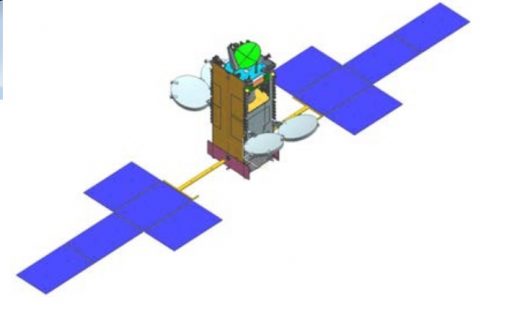
IRNSS-1A, the first constellation satellite launched in 2013, lost all of its redundant clocks and was left in a degraded state – of little use for high-precision navigation. The plan was for a replacement, IRNSS-1H, to be sent up in 2017, but the satellite fell victim to a rare failure of India’s PSLV rocket – placing some pressure on the upcoming IRNSS launches to ensure the constellation can stay at operational strength.
GSAT-11, an advanced high-throughput satellite built on ISRO’s largest satellite platform to date, arrived at the Guiana Space Center on Wednesday in preparation for launch in May. The 5,870-Kilogram satellite is the largest ever built in India and utilizes the I-6K satellite platform – advertised as a game-changer for Indian communications satellite technology. Assessments of common parts and manufacturing batches shared with GSAT-6A will likely be conducted before the satellite will receive final approval for launch atop an Ariane 5 rocket.

For GSAT-6A, the plan was for three apogee burns followed by some fine tuning to reach a stationary position in the neighborhood of GSAT-6. Next, the satellite was to deploy its six-meter Unfurlable S-Band Antenna Reflector and begin a series of checkout before entering operational service – doubling the S-Band capacity for mobile communications available to the Indian government and armed forces.
GSAT-6A employs an 0.8-meter C-Band antenna that provides the gateway connection between the satellite and a hub station in India while two-way communications with mobile terminals are handed in S-Band via the large antenna reflector and five spot beams spread across the Indian subcontinent. Five 2.7 MHz S x C-Band transponders are responsible for the terminal-to-hub link while five 9 MHz C x S-Band transponders carry communications from the hub station to deployed terminals.
GSAT-6A was expected to join its nearly identical sister craft at an orbital position of 83 degrees East in Geostationary Orbit, to add additional capacity and ensure continuity of services into the second half of the 2020s via its expected ten-year operational life.

